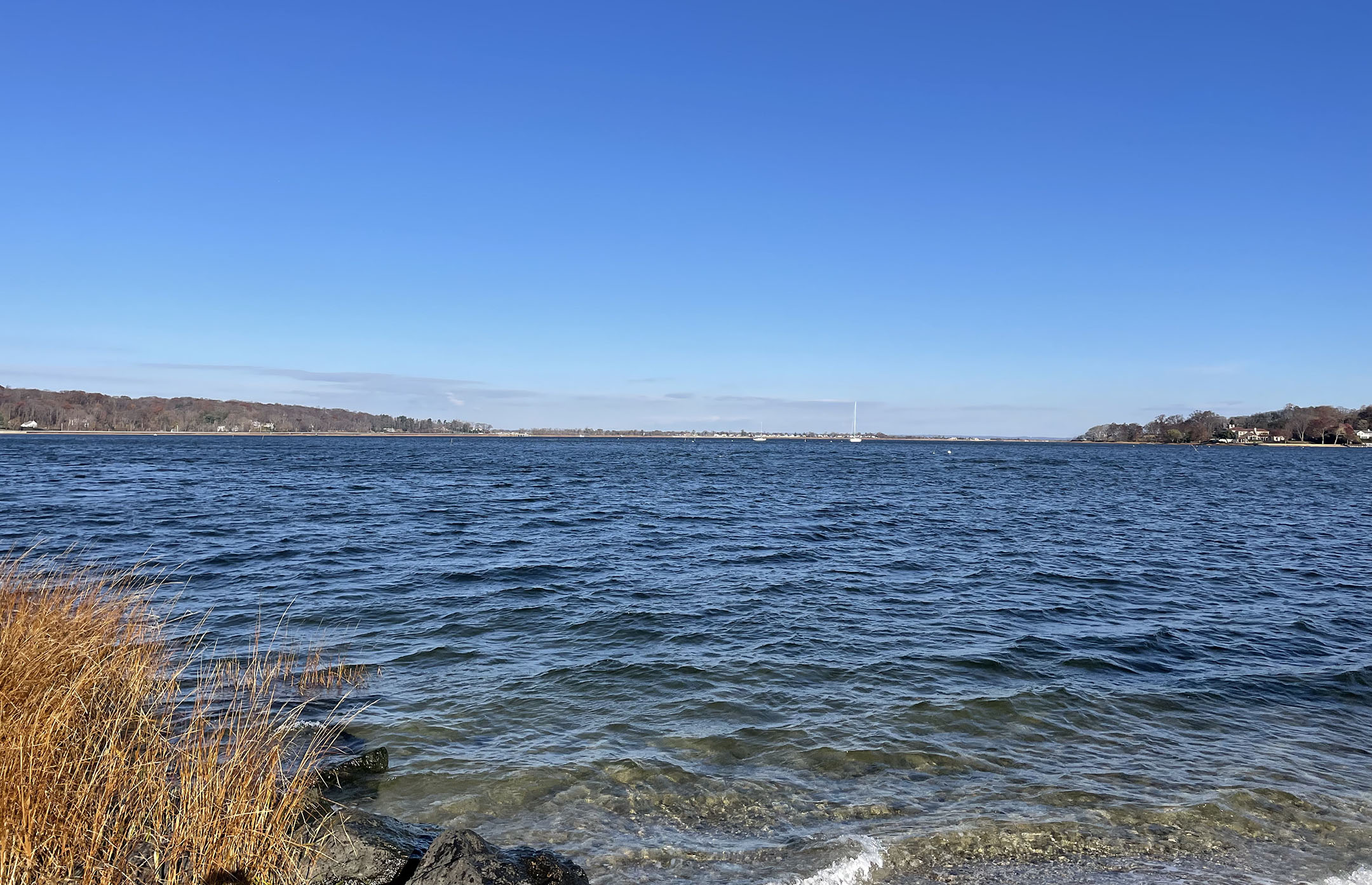 The hamlet of Oyster Bay is known for, among many things, being situated right on beautiful Oyster Bay Harbor. Residents have year-round access to one of the nicest waterfront areas on the north shore of Long Island. In addition to the recreational activities available, the area is also known for its abundant shellfish, most notably and not surprisingly, oysters!
The hamlet of Oyster Bay is known for, among many things, being situated right on beautiful Oyster Bay Harbor. Residents have year-round access to one of the nicest waterfront areas on the north shore of Long Island. In addition to the recreational activities available, the area is also known for its abundant shellfish, most notably and not surprisingly, oysters!
To ensure that the bay remains healthy for recreation and shellfish is safe for consumers, the New York State Department of Environmental Conservation (DEC) is partnering with the U.S. Food and Drug Administration (FDA) to perform a study of water flow from the wastewater treatment plant located in Oyster Bay. The study began on November 26 and will end on December 2.
The research will provide data that could prove invaluable in helping to assess shellfish closures around the area and to guide response actions by the treatment plant operators if emergencies related to unplanned spills or discharges from the plant should occur.
A key component of the study is the use of hydrographic dye, which will help the agencies determine the flow and dispersion of treated wastewater by providing a clearly visible indicator. On the morning of November 29, the dye will be added to effluent from the facility in necessary quantities.
What is hydrographic dye?
Hydrographic dye is a dye that is safe for the environment and humans. In this case, the agencies will use the dye to determine where effluent from the facility goes. Because the dye turns bright pink or red for some time, it will be easy for regulators to gauge the travel patterns and dispersion of flow from the facility.
Don’t be alarmed!
If you live in the area, you may notice that the water in the harbor near the facility is bright pink or red. That is expected after the introduction of the dye! The dye is not harmful and will dissipate over time. No need to be alarmed or call authorities.
Contact the DEC Division of Marine Resources Shellfisheries Bureau at 631-444-0492 for more information or read the press release here.
